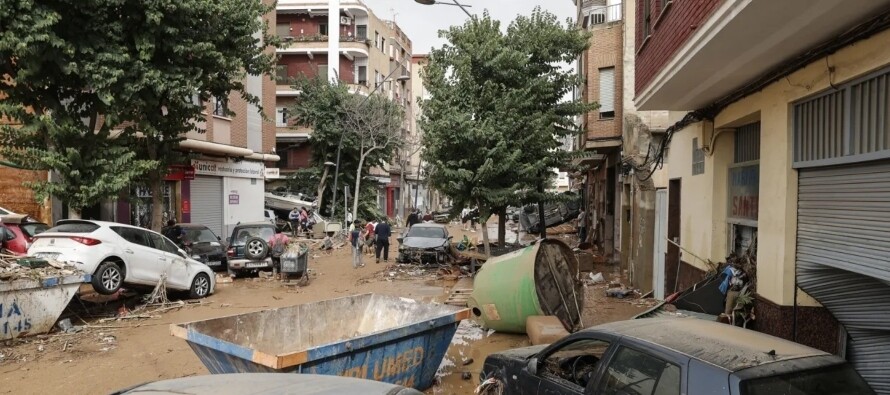
The meteorological forecasts for the DANA were 'accurate and correct' despite the uncertainty generated by these phenomena and the difficulty of predicting their development, explained the climatologist from Meteored, Samuel Biener, in statements to EFE. Biener highlighted the importance of improving the culture of prevention in Spain and pointed out that, although the management of communication to the population by emergency services could have been different in previous days, in such complex situations it is difficult to foresee all the factors that lead to disasters like those that occurred.
The expert emphasized the need for Spain to adopt models from other countries accustomed to halting activities in the face of extreme phenomena, despite the economic difficulties this may entail. Furthermore, Biener stressed the importance of reviewing and consolidating operational protocols, advocating for greater centralization in the management of emergencies by municipalities to improve prevention.
Regarding the consequences of the DANA, with at least 64 fatalities and dozens missing in the Comunidad Valenciana and Castilla-La Mancha, Biener recalled that meteorological models had already warned from the previous weekend about the heavy rainfall expected in the region. Despite the warnings issued by the State Meteorological Agency (Aemet) and the elevation of the alert level, the rains far exceeded expectations, exacerbating the catastrophe.
The climatologist noted that had these torrential rains occurred years ago, the magnitude of the tragedy would have been even greater. He pointed out that the critical moment of the rains coincided with the time workers were returning home, contributing to the emergency situation. Biener explained that the floods were aggravated by the presence of numerous underground or restricted ravines in urban areas, which, when overflowing, generated a significant amount of water that caused considerable damage to local infrastructure.
The expert also mentioned the sense of confidence among the population due to the lack of rain, which led many people to move without caution and suddenly encounter the devastation caused by the heavy rains. Biener concluded that, despite the disaster, the anticipation of warnings and alerts significantly helped mitigate the effects of the DANA, thus preventing an even more catastrophic situation.












